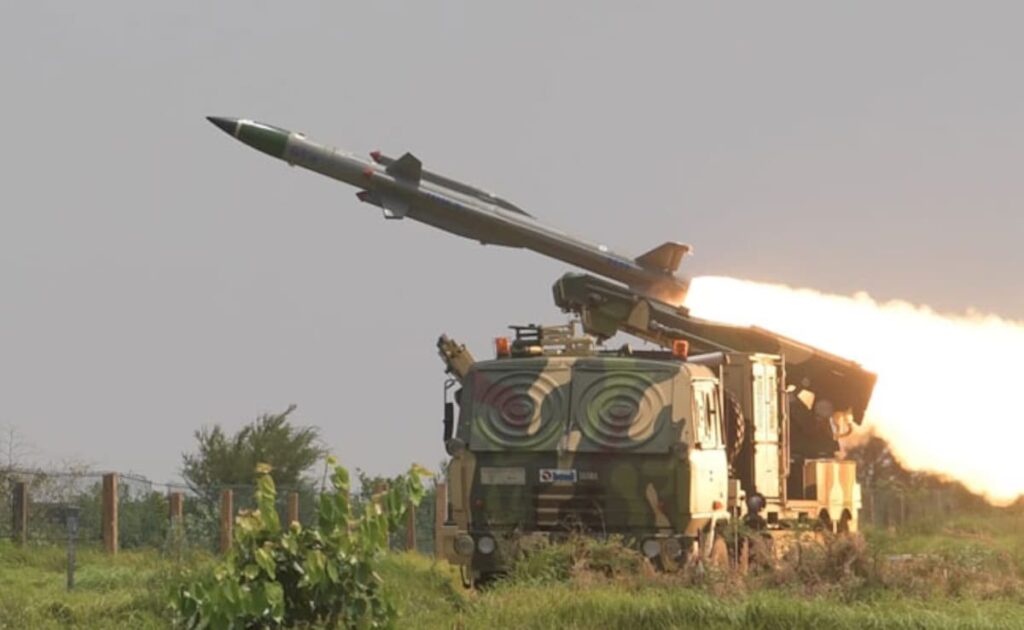India’s air defenses showcased unmatched prowess, repelling two waves of Pakistani missile and drone attacks in under 48 hours, safeguarding military bases across multiple states with cutting-edge systems like the S-400 and HARPY drones.
By Our Correspondent
New Delhi: India’s formidable air defense network proved its mettle this week, thwarting two aggressive waves of missile and drone strikes launched by Pakistan on May 7-8, 2025. Targeting military installations in Jammu and Kashmir, Punjab, and Rajasthan, the attacks were neutralized within hours, thanks to a robust combination of advanced technologies and strategic countermeasures. The Indian Air Force’s swift response, coupled with a complete blackout of border areas, ensured no breaches occurred, protecting the nation’s sovereignty.
Layered Defense Systems: The Indian Air Force deployed an integrated counter-UAS grid, utilizing radar and radio frequency sensors to detect and track incoming threats. This grid jammed signals or fired interceptor projectiles, visibly downing Pakistani missiles in the night sky. The S-400 system, with its 600km tracking and 400km interception range, played a pivotal role. Acquired from Russia in a $5 billion deal, its three squadrons provided 360-degree coverage, engaging missiles and drones with precision, safeguarding vast and remote territories.
Indigenous and Legacy Power: Complementing the S-400, India’s homegrown Akash missile system, effective within 50km, engaged multiple targets simultaneously, countering enemy evasion tactics. The SAMAR system, using Russian Vympel missiles, tackled low-flying drones within 12km. Legacy S-125 Pechora missiles, inducted in the 1970s, proved their enduring efficacy against diverse aerial threats. Israeli-made HARPY drones delivered counterattacks, disabling Pakistan’s air defenses, showcasing India’s strategic depth and technological versatility.
Unified Air Force Might: The Air Force’s multirole Rafale jets bolstered ground-based defenses, ensuring comprehensive airspace protection. Anti-aircraft guns and surface-to-air missiles formed a multi-layered shield, allowing strategic resource allocation across India’s vast borders. Air raid sirens and blackouts in Punjab, Rajasthan, and Jammu and Kashmir minimized risks, reflecting meticulous planning. This coordinated effort underscored India’s ability to counter sophisticated aerial assaults, maintaining national security under intense pressure.
India’s air defenses, blending cutting-edge technology and strategic brilliance, stood as an impregnable wall, ensuring the nation’s safety. This triumph reinforces India’s military dominance, deterring future threats with unwavering resolve.


